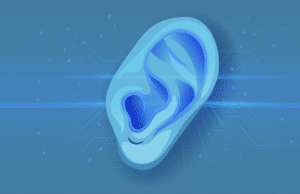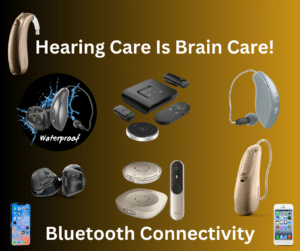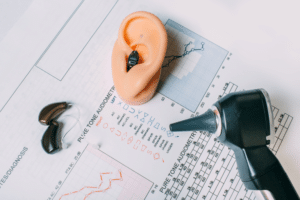Several factors contribute to the varying costs of hearing aids
In a world filled with sounds, the ability to hear is a precious gift. However, for millions of people worldwide experiencing hearing loss, this gift comes with a price tag: the cost of hearing aids. Understanding the factors influencing their cost, exploring financial assistance options, and recognizing the long-term value of investing in quality hearing aids are essential steps in prioritizing your hearing health. Hearing aids come in different types, including behind-the-ear (BTE), in-the-ear (ITE), and completely-in-the-canal (CIC), each with its own set of features like noise reduction, Bluetooth connectivity, and rechargeability. More advanced features often come with a higher price tag.
Established brands such as Oticon, Signia, and Starkey, each with a reputation for quality, technology and innovation. The length and coverage of the warranty can impact on the overall cost. Also, ongoing support services such as adjustments and repairs may be included or come at an extra cost. In addition, custom-made hearing aids tailored to fit the wearer’s ear canal do cost a bit more than standard hearing aids.
Financial Assistance Options
Insurance Coverage: Some health insurance plans cover part or all of the cost of hearing aids. Check with your provider to understand your coverage.
Medicaid/Medicare: Depending on your eligibility and the state you reside in; Medicaid may cover the cost of hearing aids. Medicare, however, typically does not cover hearing aids but may cover related services.
Financing Plans: Many hearing aid providers offer financing plans, allowing you to pay for your hearing aids in installments rather than upfront. CareCredit is one such option, providing flexible financing options for healthcare expenses, including hearing aids. Additionally, many hearing aid specialists offer private care options tailored to your needs and budget.
Long-Term Value of Investing in High-Quality Hearing Aids
While the upfront cost of hearing aids may seem daunting, investing in high-quality devices offers numerous long-term benefits such as:
Improved Quality of Life: Hearing aids enable better communication, allowing you to reconnect with loved ones, participate in social activities, and engage more fully in everyday life.
Preservation of Cognitive Function: Untreated hearing loss has been linked to cognitive decline and an increased risk of conditions like dementia. Investing in hearing aids can help preserve cognitive function and overall brain health.
Enhanced Job Performance: For working individuals, untreated hearing loss can impact job performance and career advancement. Hearing aids can help maintain productivity and communication in the workplace.
When considering the cost of hearing aids, it’s essential to look beyond the upfront price tag and consider the overall value and benefits they provide. Quality hearing aids not only improve your ability to hear but also enhance your quality of life, relationships, and overall well-being. While hearing aids may come with a financial investment, the value they offer in terms of improved hearing, quality of life, and cognitive health far outweighs the initial cost. By exploring financial assistance options and prioritizing quality over price alone, you can make a sound investment in your hearing health that pays dividends for years to come.


